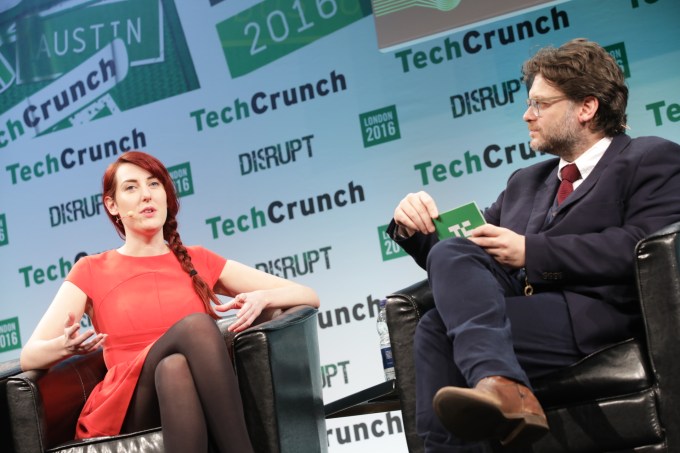 Open Bionics is a U.K. startup making bionic hands for patients needing prosthetics and co-founder of the company Samantha Payne came onstage today at TechCrunch Disrupt London to tell us about a new deal between Open Bionics and the National Health Service (NHS) to bring new technologies to amputees.
The deal involves a feasibility study with the NHS through SBRI Healthcare to see if Open… Read More
Open Bionics is a U.K. startup making bionic hands for patients needing prosthetics and co-founder of the company Samantha Payne came onstage today at TechCrunch Disrupt London to tell us about a new deal between Open Bionics and the National Health Service (NHS) to bring new technologies to amputees.
The deal involves a feasibility study with the NHS through SBRI Healthcare to see if Open… Read MoreBio
 Open Bionics is a U.K. startup making bionic hands for patients needing prosthetics and co-founder of the company Samantha Payne came onstage today at TechCrunch Disrupt London to tell us about a new deal between Open Bionics and the National Health Service (NHS) to bring new technologies to amputees.
The deal involves a feasibility study with the NHS through SBRI Healthcare to see if Open… Read More
Open Bionics is a U.K. startup making bionic hands for patients needing prosthetics and co-founder of the company Samantha Payne came onstage today at TechCrunch Disrupt London to tell us about a new deal between Open Bionics and the National Health Service (NHS) to bring new technologies to amputees.
The deal involves a feasibility study with the NHS through SBRI Healthcare to see if Open… Read More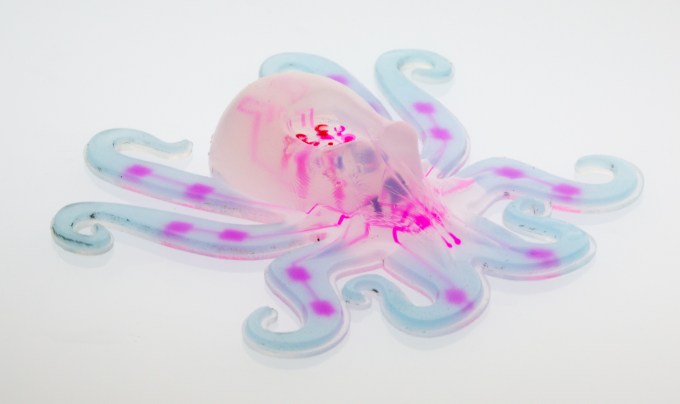 For years roboticists have been looking into using softer materials for parts rather than the usual metal and plastic — sometimes even building entirely soft robots. But this Octobot from Harvard is the first that not only contains no hard parts but is also entirely autonomous. Read More
For years roboticists have been looking into using softer materials for parts rather than the usual metal and plastic — sometimes even building entirely soft robots. But this Octobot from Harvard is the first that not only contains no hard parts but is also entirely autonomous. Read MoreHarvard’s Octobot is the first autonomous machine to be made ...
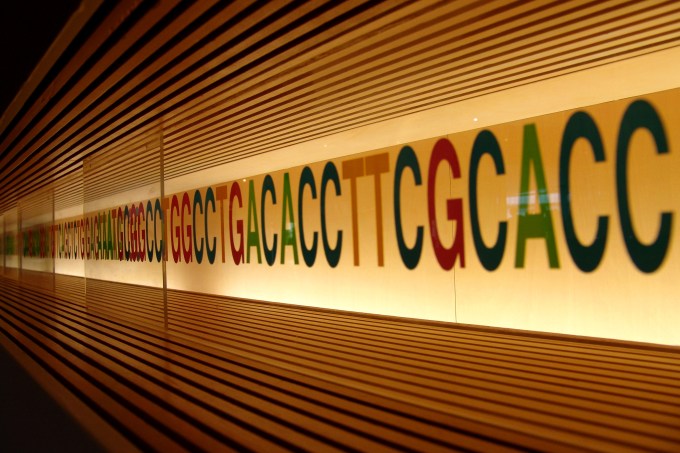 It’s a sign that we’re living in the future when using our own genetic machinery as a form of calculator or storage is nothing new — but make no mistake, it’s still very early days in this field and there are plenty of surprises ahead. Today’s surprise, for instance, is the use of DNA to do exact arithmetical calculations entirely in analog. Read More
It’s a sign that we’re living in the future when using our own genetic machinery as a form of calculator or storage is nothing new — but make no mistake, it’s still very early days in this field and there are plenty of surprises ahead. Today’s surprise, for instance, is the use of DNA to do exact arithmetical calculations entirely in analog. Read MoreThis all-analog DNA circuit calculates without going digital
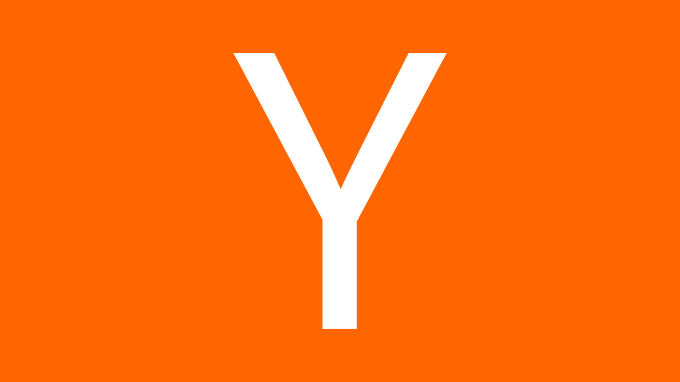 Farm drones, autonomous security guards and next-generation tampons were among the products presented at today’s Y Combinator startup accelerator Summer 2016 Demo Day 1. YC’s increased international outreach efforts are paying off. 30 percent of this batch’s startups came from outside the US. While some were mere copycats of US startups, many brought different approaches… Read More
Farm drones, autonomous security guards and next-generation tampons were among the products presented at today’s Y Combinator startup accelerator Summer 2016 Demo Day 1. YC’s increased international outreach efforts are paying off. 30 percent of this batch’s startups came from outside the US. While some were mere copycats of US startups, many brought different approaches… Read MoreAll 44 startups that launched at Y Combinator S16 Demo ...
 Hello guys it’s OurMine Team, we are just testing TechCrunch Security , don’t worry we never change your passwords
please contact us ( https://ourmine.org/news/contact-us ) Read More
Hello guys it’s OurMine Team, we are just testing TechCrunch Security , don’t worry we never change your passwords
please contact us ( https://ourmine.org/news/contact-us ) Read MoreOurMine Team – Important Message!
 Hello guys it’s OurMine Team, we are just testing TechCrunch Security , don’t worry we never change your passwords
please contact us ( https://ourmine.org/news/contact-us ) Read More
Hello guys it’s OurMine Team, we are just testing TechCrunch Security , don’t worry we never change your passwords
please contact us ( https://ourmine.org/news/contact-us ) Read MoreOurMine Team – Important Message!
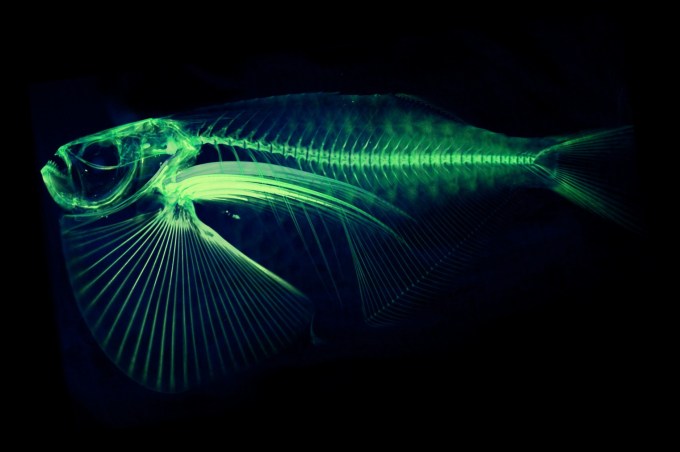 If you were wondering what a mottled sculpin looks like, there are plenty of pictures available online. But while they may satisfy a curious tidepooler, the discerning ichthyologist demands more. That’s why a professor at the University of Washington is getting full 3D scans of every fish in the sea — every species, anyway. Read More
If you were wondering what a mottled sculpin looks like, there are plenty of pictures available online. But while they may satisfy a curious tidepooler, the discerning ichthyologist demands more. That’s why a professor at the University of Washington is getting full 3D scans of every fish in the sea — every species, anyway. Read MoreOne professor’s quest to 3D scan every fish in the ...
 If you were wondering what a mottled sculpin looks like, there are plenty of pictures available online. But while they may satisfy a curious tidepooler, the discerning ichthyologist demands more. That’s why a professor at the University of Washington is getting full 3D scans of every fish in the sea — every species, anyway. Read More
If you were wondering what a mottled sculpin looks like, there are plenty of pictures available online. But while they may satisfy a curious tidepooler, the discerning ichthyologist demands more. That’s why a professor at the University of Washington is getting full 3D scans of every fish in the sea — every species, anyway. Read MoreOne professor’s quest to 3D scan every fish in the ...
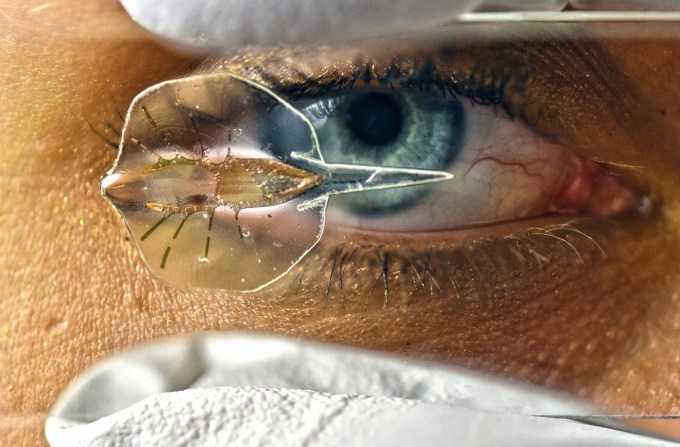 Mimicking nature’s most elegant designs has become a popular method for creating equally elegant robots (close, anyway) — but using nature’s raw materials, too? That’s what researchers at Harvard’s Wyss Institute have done, creating a tiny light-controlled stingray with a solid gold skeleton that moves using reconstituted rat muscles. O brave new world! Read More
Mimicking nature’s most elegant designs has become a popular method for creating equally elegant robots (close, anyway) — but using nature’s raw materials, too? That’s what researchers at Harvard’s Wyss Institute have done, creating a tiny light-controlled stingray with a solid gold skeleton that moves using reconstituted rat muscles. O brave new world! Read MoreThis artificial stingray has a gold skeleton and light-activated rat ...
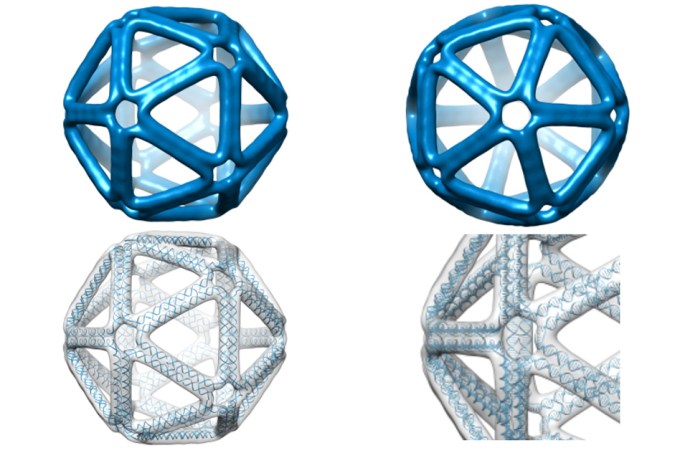 If you want to print something a few inches tall, extruded plastic is a good medium. But when you need something at the nanometer scale, DNA is a better bet — but who has the time to design and assemble it base by base? New research lets would-be DNA origami masters design the shape — while an algorithm determines where to put our friends A, T, G, and C. Read More
If you want to print something a few inches tall, extruded plastic is a good medium. But when you need something at the nanometer scale, DNA is a better bet — but who has the time to design and assemble it base by base? New research lets would-be DNA origami masters design the shape — while an algorithm determines where to put our friends A, T, G, and C. Read More